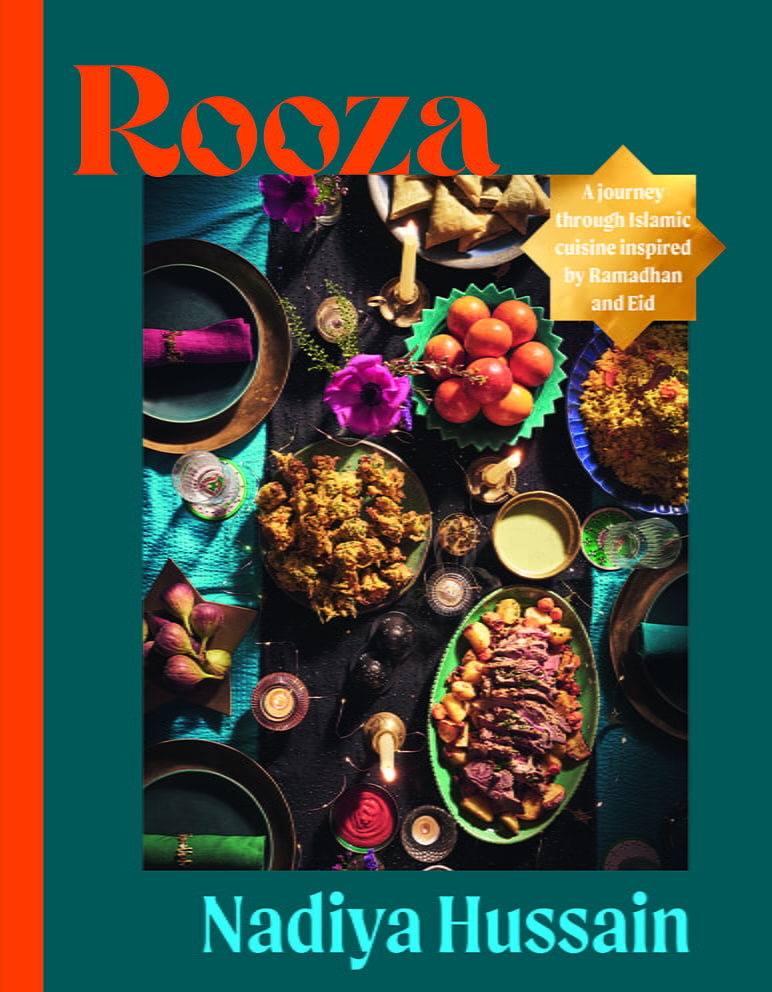
The Tangible & Intangible Cultural Landscape of Wadi Bani Kharus: Investigations in the Sultanate of Oman
Robert W. Lebling
Moawiyah M. Ibrahim and Laura M. Strachan
Archaeopress, 2020
What began as an archeological project, studying the ancient society and lifestyles in a well-known Omani valley, developed into a multidisciplinary study employing sociocultural anthropology, linking past to present. Twenty-nine communities scatter along the length of the remote valley. From 2003 to 2014, during three visits to the valley (“seasons”), the authors and colleagues studied ancient sites, abandoned buildings, rock inscriptions and recovered artifacts. Conversations with and recorded memories of the locals about the transition from the “old days” to the present offer glimpses into storytelling traditions. Elders delight in sharing oral histories, customs and traditions of their forefathers, as well as changes witnessed in their lifetimes. The authors found change and adaptation were central to Wadi Bani Kharus, particularly in recent years when a newly completed roadway to the valley began offering villagers unprecedented opportunities for education and employment in other parts of the sultanate.
You may also be interested in...

Book ‘s Take on Mangos Serves Up a Curious Mix of Food and History
Constance L. Kirker and Mary Newman trace mango’s cultural and culinary significance around the world.
The Great British Bake Off Winner Nadiya Hussain Gathers Global Recipes in Culinary Celebration of Ramadan
Nadiya Hussain's diverse recipes highlight the global unity of Muslim cultures and cuisines.